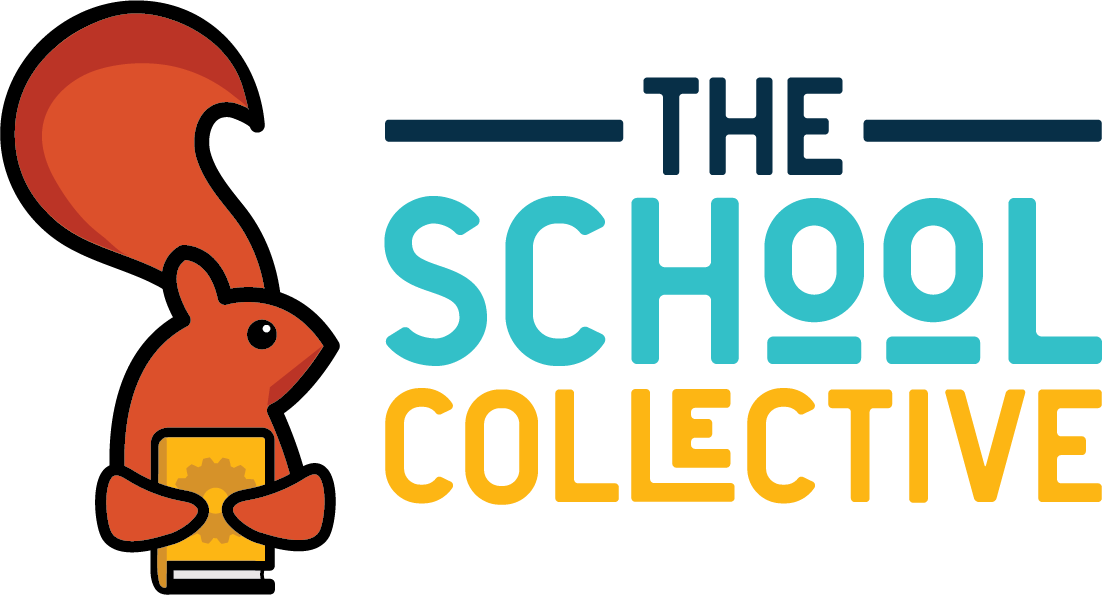Mental health is on the rise in our society. This is heightened in our educational system, especially with our students. The Center for Disease Control (CDC) reported that more than 4 in 10 students felt persistently sad or hopeless and nearly one-third experienced poor mental health (Center for Disease, 2021). Now, we all know that there are many factors that affect a student’s educational progress. Social, cognitive, medical concerns, and lifestyle factors impact academics both positively and negatively. However, mental health can play such a substantial role in our students’ daily lives. They can impede someone’s academics, behavior, and their general well-being.
Now, a School Psychologist wears numerous hats and provides numerous opportunities for educational prospects. However, something that gets forgotten about in the world of constant assessment, consultation, and collaboration with others, is the “Psychologist” aspect of the title. Although not all of us are Licensed Psychologists (Doctoral level Licensed Psychologist), we are still licensed practitioners in the field of psychology. We have extensive training (although some of it needs to be brushed up on!) in the arts of mental health but are not typically utilized in this aspect. There should be a clear throughline that exists between the educational agency (the school) and the local community. More specifically, there should be consistent collaboration between School Psychologists, Educators, Parents, and others that are interested in the student’s well-being.
To do this, a School Psychologist should ensure that the school not only understands the full extent of the School Psychs expertise, but also that they need to make movements towards creating a supportive and inclusive school environment. These can be done in a wide range of ways. A few of these include:
- Promoting Positive School Culture
- Fostering Strong Relationships
- Implementing Anti-Bullying Initiatives
The bigger issues with these three strategies are that each one is done differently depending on what your campus/district/region details. Some will have an easy path to promoting school culture, others will have difficulty implementing an anti-bullying plan if there isn’t buy-in from the school staff. However, you can start by developing plans and finding allies on your campus. Every new plan or directional action always starts with a thought. The initiation is the most difficult part but must be done for change to occur. As an educator, you can start advocating for policy change and practices that prioritize student well-being first and foremost. This supportive environment is the foundation behind ANY form of practical change that is to occur.
Early identification is very important. Research shows that there is a substantial relationship between mental health issues and suicide, substance abuse, suspension, dropping out, and expulsion (CDC, 2015). The following are some simple Mental Health Screening Tools:
| Assessment | Description | Ages | Who Fills it out? |
| Systematic Screening for Behavior Disorders (SSBD) | Looks at both externalizing and internalizing behavior. | 3 to 15 | Teachers |
| BASC – 3 Behavioral and Emotional Screening System (BESS) | Looks into behavioral and emotional strengths and weaknesses. | 3 to 18 | Like the other BASC scales, there is a Student, Parent and Teacher Form |
| Strengths and Difficulties Questionnaire (SDQ) | Explores emotional, behavioral, and social dimensions. | 3 to 16 | Student
Parent Teacher |
| Social, Academic, and Emotional Behavior Risk Screener (SAEBRS) | Looks into social, academic, and emotional behavior of students, including both protective and risk factors. | 5 to 18 | Teacher |
| Student Risk Screening Scales (SRSS) | Explores externalizing and internalizing behavior. | 5 to 18 | Teacher |
This post is focused on how you can start looking into and creating a cultural foundation to ensure that the mental health needs of your campus are set. Early intervention is incredibly helpful in preventing more serious mental health issues. NOW, what happens post screening and when we move into the world of intervention.
Check out part II where I break down aspects such as group counseling, collaboration with families, promoting resilience, coping skills, and your own self-care!
References
Center for Disease Control. (2021). Youth risk behavior survey: Data summary & trends report. https://www.cdc.gov/healthyyouth/mental-health/index.htm#:~:text=Adolescent%20Mental%20Health%20Continues%20to%20Worsen&text=In%202021%2C%20more%20than%204,10%20(10%25)%20attempted%20suicide.
Centers for Disease Control and Prevention. (2015) Suicide: Facts at a glance. https://www.cdc.gov/suicide/facts/index.html
Ci3T.org. (2021). Student Risk Screening Scale—Internalizing and Externalizing (SRSS-IE). https://www.ci3t.org/screening
Kamphaus, R., & Reynolds, C. (2015). BASC-3 Behavioral and Emotional Screening System (BASC-3 BESS). Professional Assessments. https://www.pearsonassessments.com/store/usassessments/en/Store/ProfessionalAssessments/Behavior/Comprehensive/BASC-3-Behavioral-and-Emotional-ScreeningSystem/p/100001482.html
University of Missouri. (2014). Social, Academic, and Emotional Behavior Risk Screener (SAEBRS). http://ebi.missouri.edu/?p=1116
Walker, H., Severson, H., & Feil, E. (2014). Systematic Screening for Behavior Disorders (SSBD): Administrators guide, universal screening for PreK–9 (2nd ed.). Pacific Northwest Publishing. https://www.ancorapublishing.com/wp-content/uploads/2018/08/SSBD_Portfolio.pdf
Youth in Mind. (2016). Strengths and Difficulties Questionnaire (SDQ). https://www.sdqinfo.org/
